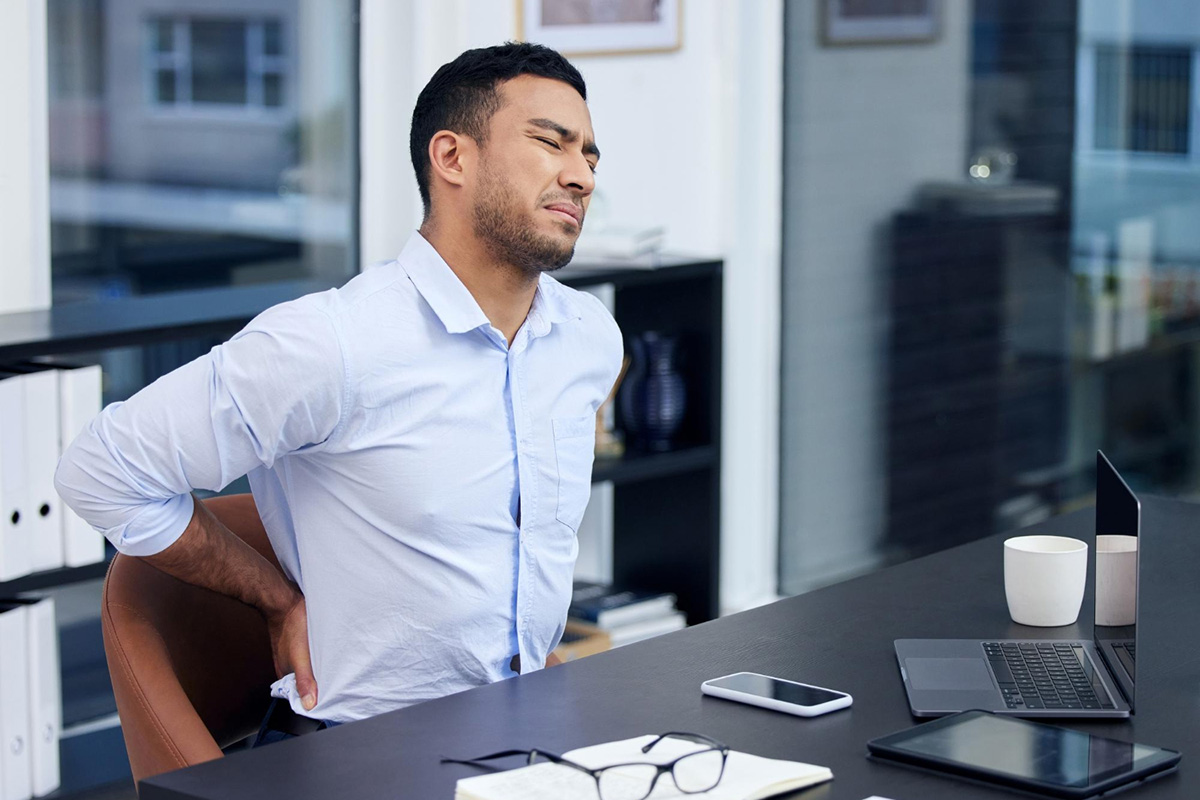Ergonomic Tips at Work for Maximum Health Benefits

Most of us spend a significant portion of our day sitting at a desk, staring at a computer screen. However, many office workers barely pay attention to ergonomics at work, which can lead to discomfort, pain, and even long-term health issues such as back and neck problems, carpal tunnel syndrome, and repetitive stress injuries. In this blog post, we will discuss ergonomic tips at work to help you stay healthy, comfortable, and productive.
1. Adjust your chair and monitor
The first step to good ergonomics at work is ensuring that your chair and monitor are appropriately adjusted. Your chair should support your lower back and keep your feet flat on the floor. Ideally, the top of your monitor should be at eye level, and the screen distance should be about an arm's length away. If your monitor is too low, you can use a monitor riser or ream of paper to adjust the height.
2. Take breaks and move around
Sitting for extended periods can lead to lower back pain, muscle tightness, and poor circulation. To combat this, take a break every 30 minutes or so to stand up, stretch, and walk around. Consider using a standing desk or a stability ball to help with posture and keep your blood flowing.
3. Use the right keyboard and mouse
The position of your hands and wrists while typing and using the mouse is essential to avoid strain and injury. Your wrists should be in a neutral position, and your elbows should be at a 90-degree angle. Consider an ergonomic keyboard and mouse that conform to your hand's natural position and have a wrist rest.
4. Position your phone and documents
If you frequently talk on the phone or refer to texts and documents while working, ensure that they are within reach and don't require you to twist or reach. A phone stand or headset can help to keep your neck, shoulders, and back in a relaxed position. A document holder will ensure that your neck isn't bent downwards and reduce eye strain.
5. Practice good posture
Finally, remember to practice good posture while sitting at your desk. Keep your shoulders relaxed, and avoid hunching or slouching, which can strain your neck and shoulders. Sit back and use the chair's backrest to support your lower back, and keep your knees at a 90-degree angle.
Conclusion
Implementing these ergonomic tips can help improve your comfort and productivity at work and reduce your risk of developing chronic pain and injuries. Remember to listen to your body and make the necessary adjustments when uncomfortable or in pain. If you experience severe pain despite adopting good ergonomics at work, contact a physical therapist or healthcare provider for advice and treatment options. If you're looking for physical therapy in Oviedo, FL, contact B Physical Therapy today to schedule an appointment.